[av_section min_height='' min_height_px='500px' padding='small' shadow='no-border-styling' bottom_border='no-border-styling' id='' color='main_color' custom_bg='#e0e0e0' src='' attachment='' attachment_size='' attach='scroll' position='top left' repeat='no-repeat' video='' video_ratio='16:9' overlay_opacity='0.5' overlay_color='' overlay_pattern='' overlay_custom_pattern='' av_uid='av-7hkkl']
[av_two_third first min_height='' vertical_alignment='' space='' custom_margin='' margin='0px' padding='0px' border='' border_color='' radius='0px' background_color='' src='' background_position='top left' background_repeat='no-repeat' animation='' mobile_display='' av_uid='av-6mpdt']
[av_textblock size='' font_color='' color='' av-medium-font-size='' av-small-font-size='' av-mini-font-size='' av_uid='av-6cf0h' id='' custom_class='' admin_preview_bg='']
Really fun job this week started with a dangerous, non functioning insert that had been surrounded by combustible material and vented with the wrong kind of pipe; we created a noncombustible alcove and installed class A chimney for a wood stove installation
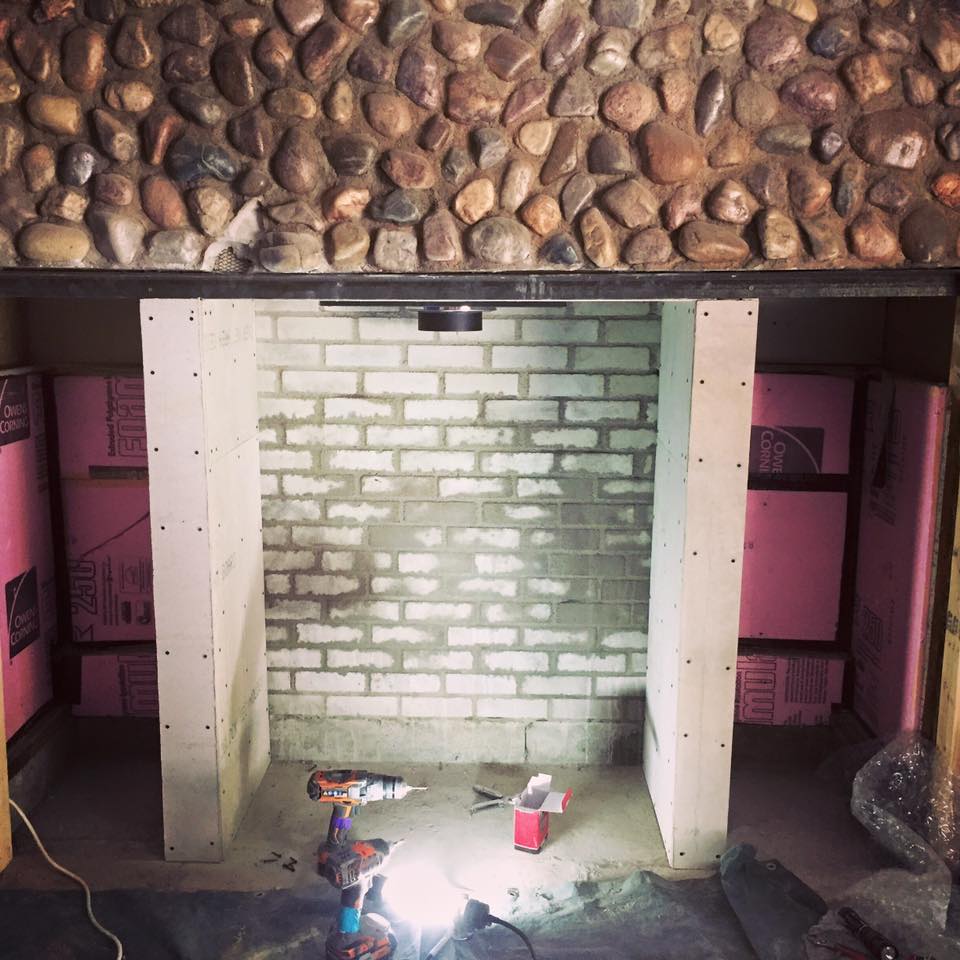
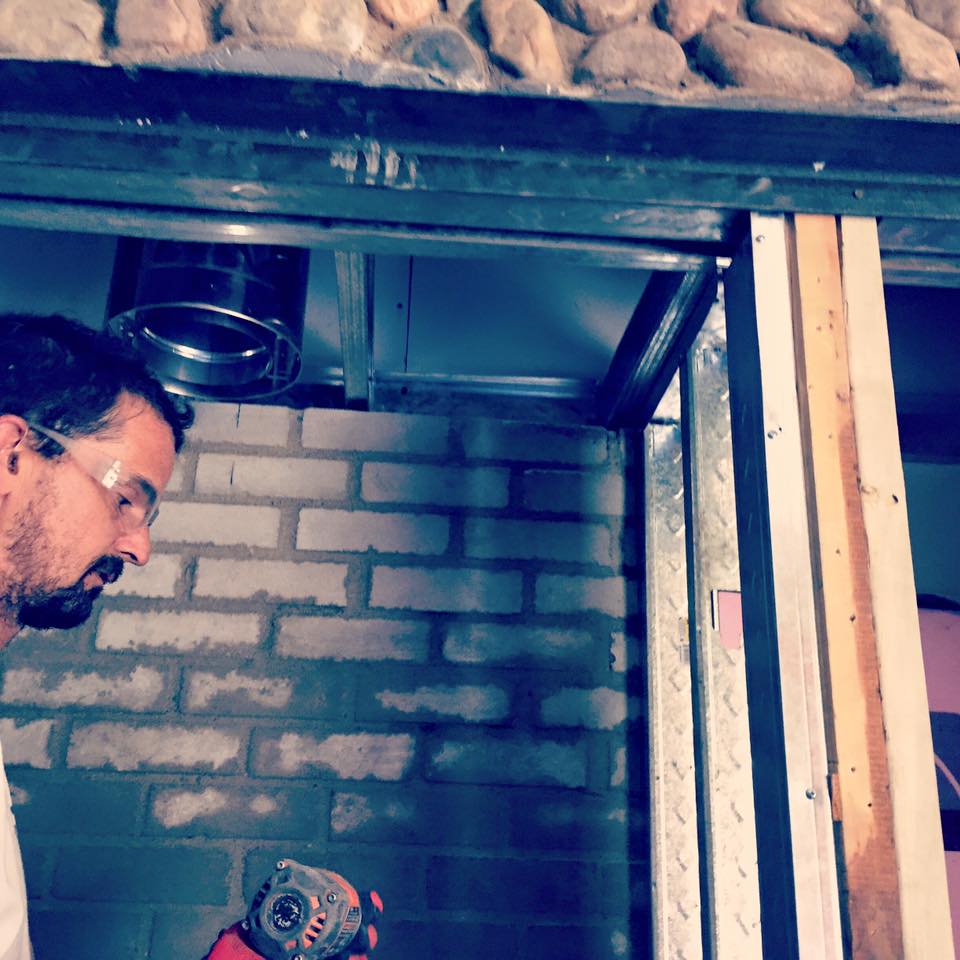
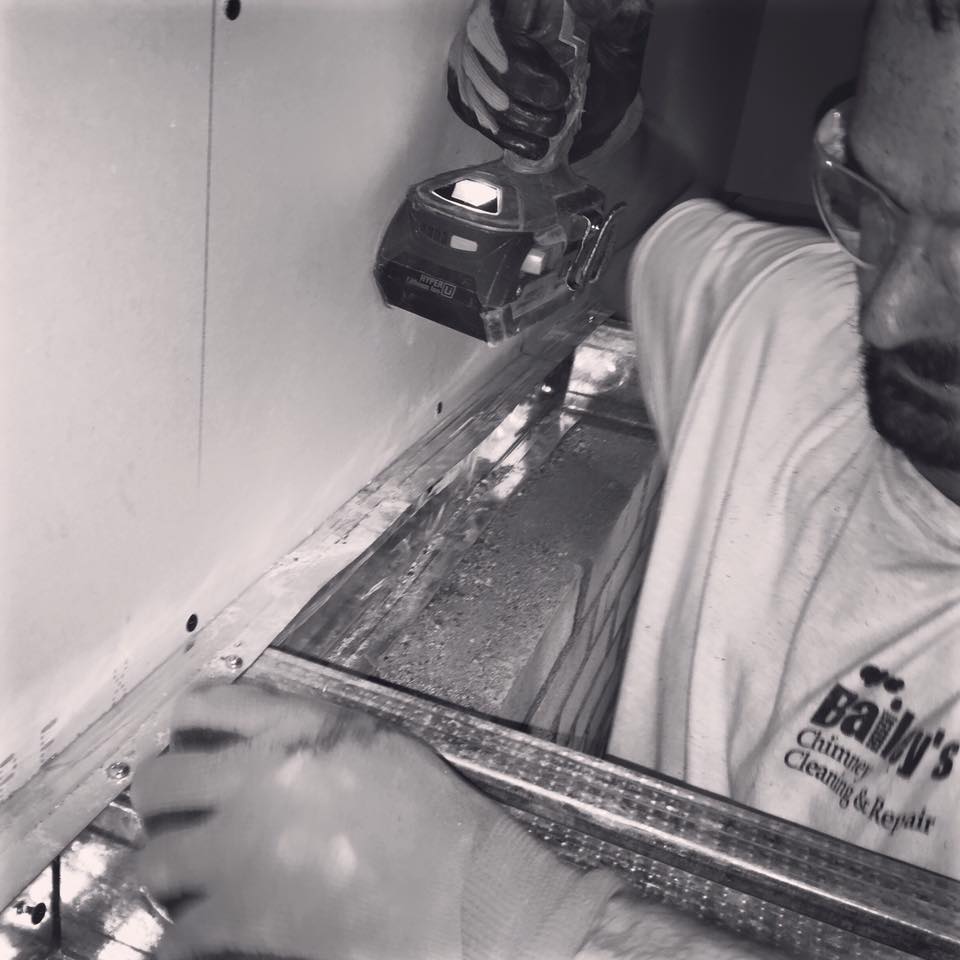
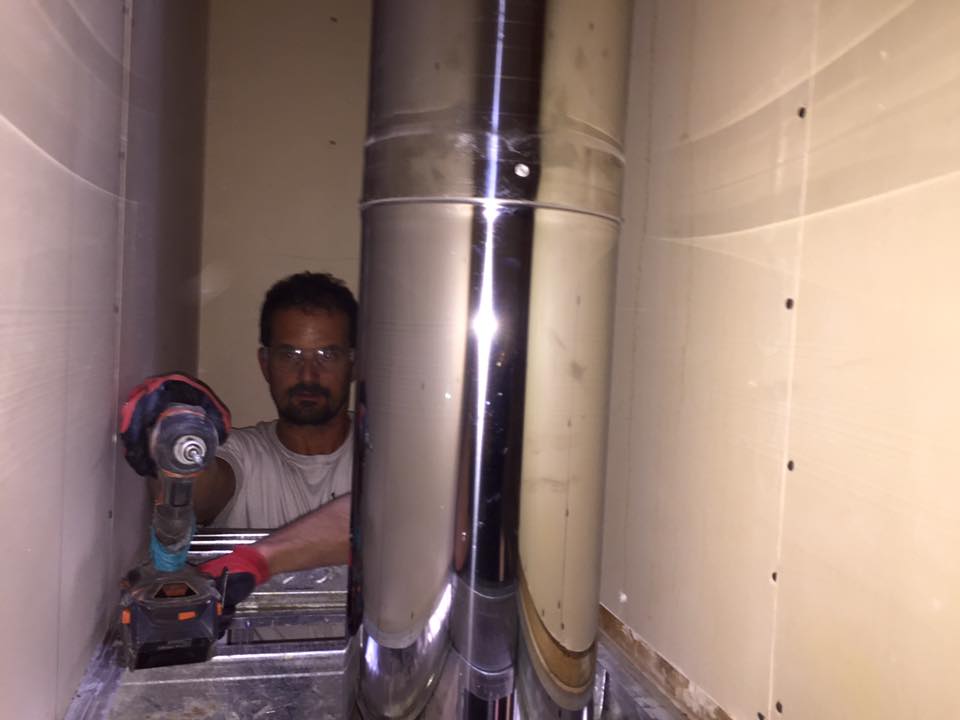

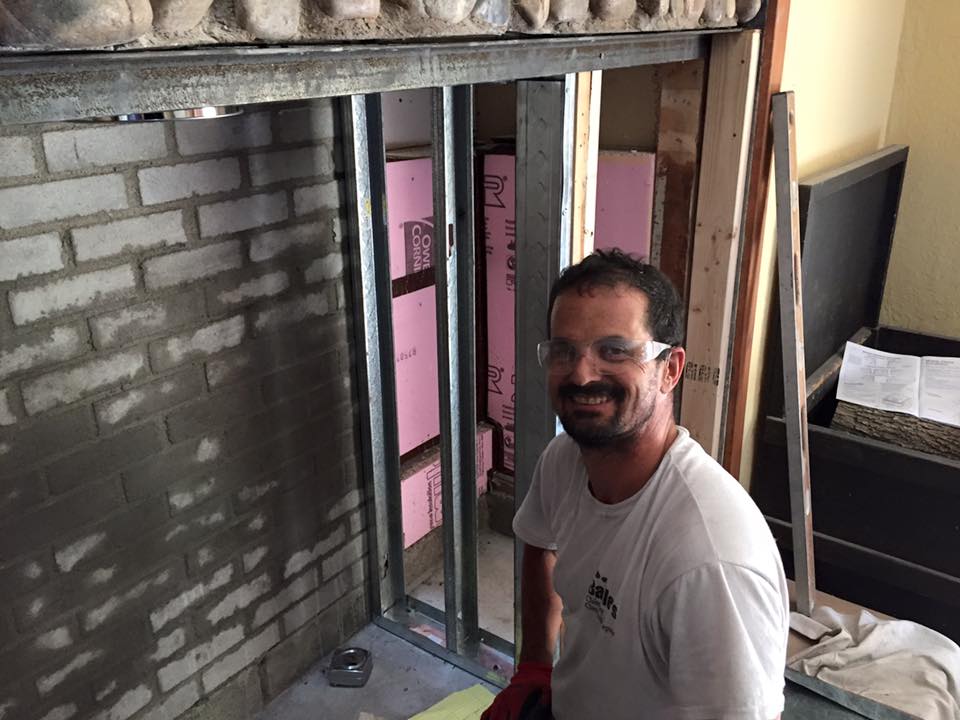
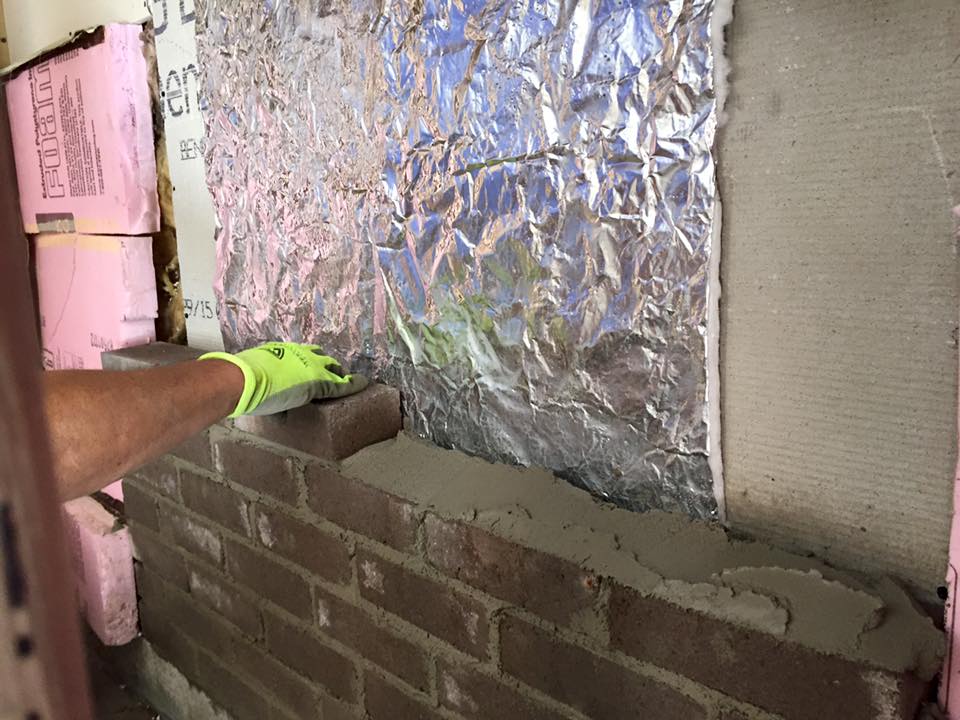
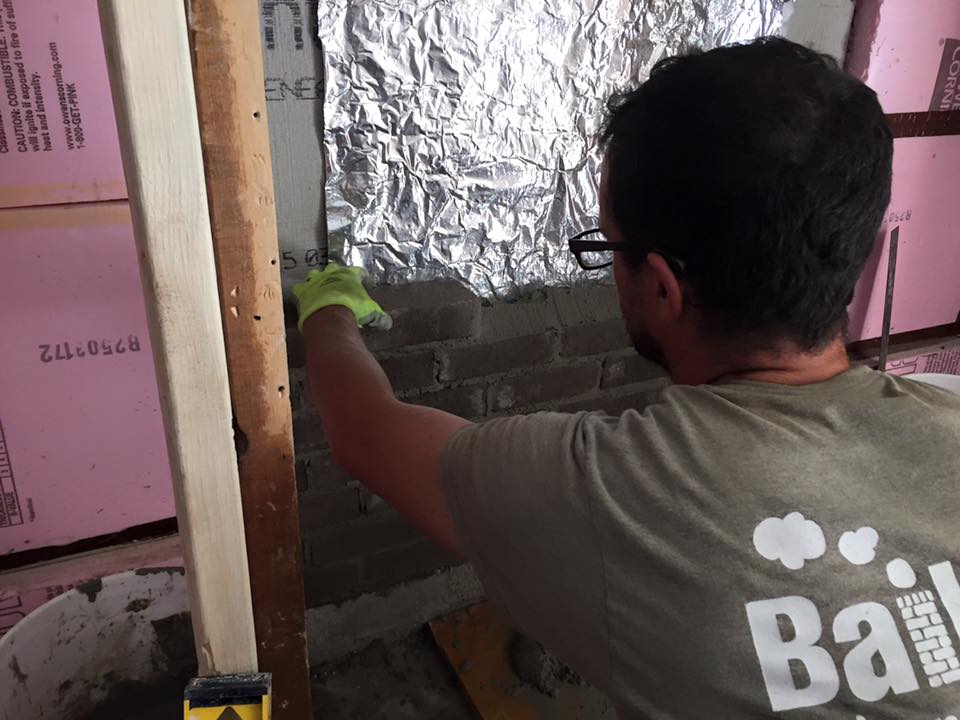
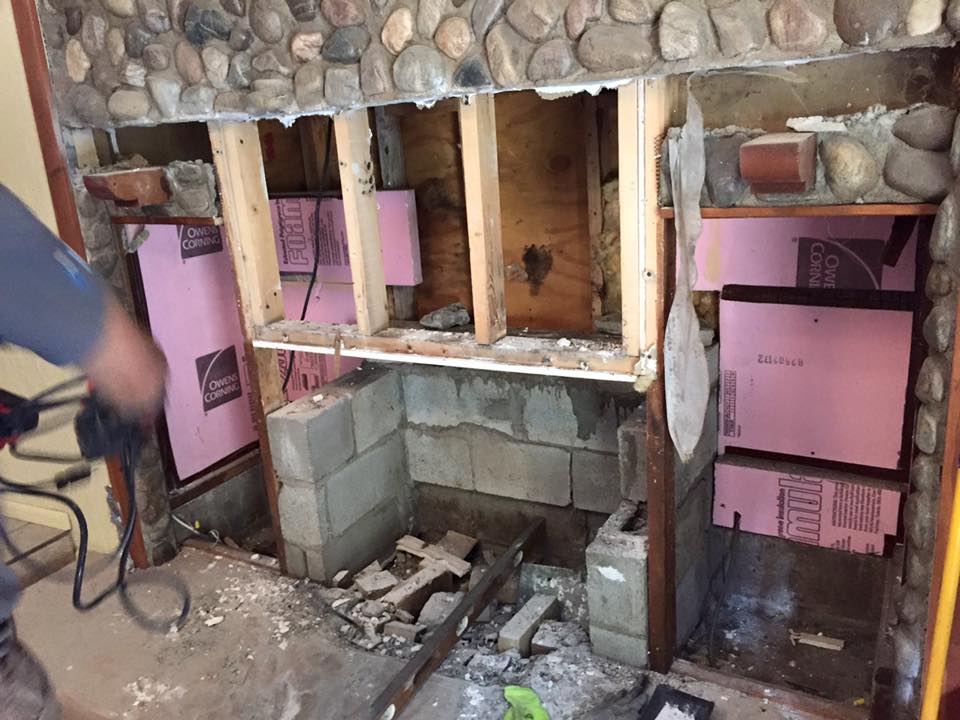
[/av_textblock]
[/av_two_third][av_one_third min_height='' vertical_alignment='' space='' custom_margin='' margin='0px' padding='0px' border='' border_color='' radius='0px' background_color='' src='' background_position='top left' background_repeat='no-repeat' animation='' mobile_display='' av_uid='av-6mpdt']
[av_textblock size='' font_color='' color='' av-medium-font-size='' av-small-font-size='' av-mini-font-size='' av_uid='av-kb1e16sa' id='' custom_class='' admin_preview_bg='']
Santa Fe 505-988-2771 / Taos 575-770-7769
Mailing Address
1470 Paseo Del Pueblo Norte (Unit #2)
El Prado, NM 87529
baileyschimney@gmail.com
If we don’t pick up right away, send a text for the quickest response. We do our best to answer the phone when it rings, but if we can’t pick up we check our voicemail at least once a day.
Los Alamos customers, please call the Santa Fe office.
[/av_textblock]
[av_sidebar widget_area='Sidebar Blog' av_uid='av-3ap078']
[/av_one_third][/av_section]
Justin Bailey recently built this masonry heater in Tesuque, NM. Bailey is one of the only contractors in The Southwest that offers design/build services for this type of fireplace, sometimes called a masonry stove.
Bailey, owner of Baileys Chimney, LLC, is New Mexico’s only member of the Masonry Heater Association, an international organization. He attends the MHA annual meeting every year in Wildacres, A retreat center on top of a mountain near the Blue Ridge Parkway. The annual meeting is a festive, educational event that lasts for one week. 120 Masonry Heater builders, designers and enthusiasts from a dozen countries gather to build heaters, share knowledge and expertise, and test new Heater designs.
Masonry heaters channel the flue gasses through passageways in the core of the heater so the mass absorbs the heat. One fire a day In this heater, and the house will stay warm 24/7. When the flue gasses leave the fire chamber they are over 1500 degrees, and when they leave the heater they are only 300 degrees F. All that heat remains trapped in the heater, which provides radiant heat to the room over time.
The radiation waves from a masonry surface are longer than radiation waves from a metal surface. The long radiation waves heat up all the mass in the room, rather than heating the air.
The warmth from a masonry heater tends to put people into a meditative, peaceful state. People say it “warms your bones.”
Masonry heaters are the most efficient way to heat with wood, if you measure the percentage of the energy in the fuel that gets converted to warmth in the room.
If you are interested in a custom masonry heater for your home, give Bailey a call.
Masonry Heater Association, Annual Meeting
Masonry Heater Camp at Wildacres!
By Justin Bailey
The Masonry Heater Association of North America (MHA) had its annual meeting at a retreat center called Wildacres in the Blue Ridge Mountains of North Carolina from April 11-17th. The word ‘meeting’ doesn’t adequately describe the week-long festival. I’ve started to think of the experience as “Masonry Heater Camp.”
Accommodations are simple, but comfortable. Everyone shares a simple room with a roommate, and there are enough beds for about 120 attendees.
I first heard about MHA and Masonry Heater Camp when I took a CSIA Certified Chimney Sweep Review course from Rich Rua 2014, in Columbus, OH. Rua mentioned that he’d been to the MHA annual meeting as a part of his overall education in the chimney trade. I asked him about it later, and I put it on my bucket list.
But I never had the opportunity to get seriously involved with masonry heaters until last year, when I got a call to look at a gigantic masonry heater, an Austrian “Tile Oven,” built from scratch in the 1990’s. The heater sits in a ski lodge called the Bavarian, at Taos Ski Valley, 10,200 ft altitude. In 2013, a billionaire bought the ski resort, and the masonry heater came with it.
I looked at the heater, asked lots of questions, scanned the flue, and it became clear that I needed more information and knowledge. 8 or 9 years ago, I learned, they burnt some green firewood in the heater, and it hadn’t worked ever since. Nobody could figure out how to fix it. They’d hired a local mason, who just made it worse.
I knew where the firebox was, and where the chimney was, but what lay between them was a mystery. There were no readily accessible soot doors, like Tulikivi heaters have. The heater was massive. I needed a plan. I needed information.
Thanks to the NCSG and the course I’d taken with Mr. Rua, I knew there was somebody out there I could call for help. A google search led me to the MHA, and I got executive director Dick Smith on the phone. He suggested I join the organization. The cost of a full voting membership was $300.00 per year. That’s how much I charged the billionaire for the initial service call/inspection, and I became a full voting member of the MHA. It turned out to be a pretty good investment.
After making some calls and talking with a couple of masonry heater builders from the association, I felt like I could at least write an estimate to fix the thing. I stated clearly in the proposal that there was no way for me to know how long it would take me to fix the heater, or how much it would end up costing. I found space in the estimate to mention that there was exactly one member of the MHA in New Mexico.
I got the gig, and soon enough, I was on the phone with one of the founding fathers of the MHA, Jerry Frisch. Jerry spent over an hour on the phone with me, that first time we talked. He asked me about the heater, and had me take photos of it and email them to him. He said that it sounded like there was a blockage in the flowpath. He told me how to find the masonry cleanouts, and how make the penetrations through the masonry material to access the passageways. When I offered him money for his consulting help, he refused.
“I just want to pass down the knowledge,” he said. “I’m only going to be doing this for another 20 years. My wife and I talked about it, and we agreed that we’ll do this for 20 more years and then we’ll talk about it again.”
“That’s very generous of you,” I said.
“I recently got remarried,” he said. “My first wife passed away. I just turned 80.”
With phone help from Jerry, I was able to get the heater working, test it out, clean the glaze from the flowpath and chimney, and install cleanout doors. I was fascinated and excited with the project. I felt grateful to have the job and the opportunity, and to have the help of the guys from the MHA. The first time we fired up the heater, with glass taped over all the cleanout openings so we could watch the smoke pass through the passageways in the heater, the manager of the Bavarian was happy to see how it all worked.
When I called Jerry Frisch to thank him for his help, he invited me to the World of Concrete (WOC) Trade Expo in Las Vegas, NV. “We’re going to build a masonry heater in the parking lot,” he said.
“Count me in!” I said.
Las Vegas and WOC were a blast, and got to see a masonry heater built by an expert from the ground up. I also helped build a wood fired pizza oven.
Fast forward a few months, I found myself at Wildacres for a week of Masonry Heater Camp. There were masons from the US, France, Russia, Canada, Germany, Finland, and Japan, all of them building heaters on site, answering any question you could think of. Of the 120 attendees, 7 of the masons own and/or operate their own testing labs. The CEO of Tulikivi International had flown in from Finland. Founders of other European startups were there. I’d signed up for the HMED course (Heater Mason Education & Development Program) which was developed by Jerry and Jim Frisch. Jim, Jerry’s younger brother, taught the course.
The classes and seminars included a bricklaying workshop, Chris Prior’s class on masonry arches, a course on emissions testing, and several history courses. I wasn’t able to attend many of them, because the HMED took up the majority of my time. Most days, the last class or seminar would let out around 10:00 p.m., and the festivities would already have begun.
And yes, they have an auction too, kind of like the CSIA action the NCSG convention.
By the time Friday rolled around, the newly built heaters were all fired up and running, including the large pizza oven. Pizzas started coming out of the oven in time for dinner - the best pizza I’d ever tasted in my life.
By nightfall, a group of musicians had gathered to play old standards and folk songs, seated on the warmed, L-shaped bench of a rocket mass heater with a cookstove top, where somebody was making crepes. I got to hang out with CSIA’s Darcy Marlett and Ashley Elridge, who were attending. People were dancing and the beer was flowing.
The pizza party was still raging as I headed down the mountain in my rental car at 2 a.m. to catch an early morning flight out of Charlotte.
The next morning, before noon, (according to photos I saw posted on facebook,) all the brand new heaters and ovens had been disassembled and the materials put away in storage. Ashley Elridge pointed out that the masons and students could learn as much or more by taking apart the heaters as they did when they built them.
In all my years in the chimney business, I’d never enjoyed myself more than I did during the week I spent at Masonry Heater Camp at Wildacres. I’ll be back next year, for sure. I hope to build my own masonry heater in my house soon, and I would like to become a certified masonry heater builder. With the HMED under my belt, I’ve taken the first step, but I have a lot more to learn.
If you would like to attend the Masonry Heater Camp next Spring, google the Masonry Heater Association of North America or go to mha-net.org.
Then and Now
I’ve been a certified chimney sweep for years, and a member of the NCSG too on
and
off. I’ve been getting Sweeping magazine once a month, every now and then I’ve taken
advantage of the many discount opportunities available to guild members from various suppliers
and manufacturers. In business since 2000, I’ve gotten by for years; I paid the mortgage, kept
my one and two truck operation going by borrowing some money from a credit card during the
off season and working insane hours during the fall, often working in the office (which was in the
kitchen) until 11 p.m., catching up on paperwork, billing, putting orders together, replying to
emails, etc.
I never came to a convention because I thought I was smart. I thought I was so smart, I
spent years reinventing the wheel in New Mexico. I was constantly figuring it out when
it came
to technical issues in the field or administrative problems in the kitchen. I’m a problem solver!
Whenever I got invitations to the guild conventions I thought, ‘Why would I want to spend a
bunch of time and money to go most of the way across the country and meet with a bunch of
chimney sweeps? I cant afford that!’
My business: was it growing? No. But the bills got paid. Was I miserable during the
busy season, working 16 hour days? Yes, but that’s the life I chose. Did I have a panic attack
every August, wondering how I could survive another fall? Yes. My staff: mostly drunks and
potheads.
But things came to a head, and I came to a point in life where it became clear that big
changes were not optional, they were required. As part of my project of becoming a better
human being, I decided that I should visit my elderly grandparents, in their 90’s, who live in
Toledo, OH. The NCSG was happening in Columbus that year, so it looked like I could write off
a trip to visit my grandparents. I booked my ticket, found a cheap place to stay, and signed up
for the convention.
What I found in Columbus at the NCSG convention amazed me. I learned that there are
highly successful, profitable chimney service companies all over the country. They run like real
businesses. Better yet, these companies are owned by wonderful people, willing to share their
knowledge and expertise with somebody like me. I met Mark Stoner, president of the CSIA, who
told the story of his business failures and eventual success to the entire convention.
Presentations by people like John Meredith, Jerry Eisenhour, and Russ Dimmit opened my eyes
to new possibilities. Interactions with other sweeps inspired my to improve myself and my
business.
The connections and friends I made at the NCSG 2014 convention and trade show
changed my business and my life forever. I’ve upgraded most of the equipment we use in the
field. My staff are now sober, responsible citizens. My full time office manager takes care of the
phones, the books, and other administrative duties so I can quit work at 6 p.m. I added another
truck, and my business grew 60 percent in 2014. I’m able to provide them with a real livelihood.
They can take care of their families.
None of those changes would have happened if I had not attended the NCSG
convention in March of 2014.
That’s why, when Sweeping Editor Darcy Marlett asked me to contribute some articles
about the convention this year, I jumped at the opportunity to be of service to the organization.
As I write these words in my hotel room in Lancaster, PA, I’m very grateful to the NCSG
and all the folks who work so hard to make the convention happen. Sure, the wind chill factor is
21 below outside. But I’m nice and warm, and my business is running on its own while I am
here; the team did a relining yesterday and a chimney installation the day before that, and I
didn’t have to lift a finger. My business answered the phone, made deposits, completed payroll,
and one of my sweeps is busy designing our booth for an upcoming home show in Santa Fe,
NM.
All of those good things are possible because I tried to do the right thing (visit my
grandparents) and as a result ended up attending a NCSG convention for the first time in 2014.
It was a good family visit; I helped my grandfather with chores around the house, I read books to
my grandmother (she’s mostly blind now) and listened to stories from their life together.
Best of all, with my new financial and business freedom, I hope to visit my grandparents
every year for the rest of their lives, whether there is a chimney convention in Ohio or not.
Introduction to Masonry Heaters with Chris Prior
by Justin Bailey
One of the most beloved and admired members of the National Chimney Sweeps Guild isn’t actually a chimney sweep. Legendary mason Chris Prior, inventor of the Prior Fire masonry fireplace, donates time and energy every year to Sweep’s Week at the CSIA technology center in Plainfield, IN, constructing incredible things out of bricks and mortar. His homestead in Upstate New York serves as the domicile of the New York State Chimney Sweep’s Guild Annual powwow. His Santa Claus beard and the twinkle in his eye have been familiar, reassuring sights at guild conventions for many years. He serves as sort of an unofficial liaison between the National Chimney Sweeps Guild and the Masonry Heater Association of North America (MHA). At the NCSG he and Steve Bushway manned the MHA booth at the NCSG trade show. I asked Prior about his role as ambassador between chimney and masonry trades. “It’s a perfect marriage,” he said of the strengthening bond. He said each group has knowledge that benefits the other group.
Prior’s seminar on masonry heaters at the 2016 NCSG convention represented a new high point in the relationship between sweeps and masons. A giant room at the Rosen Plaza was filled to the brim with chimney sweeps, eager to learn anything Prior has to teach. Although Prior could be seen working on his PowerPoint in the main foyer of the hotel until a few minutes before he presented it, his seminar couldn’t have been better. It was clean, streamlined, informative, educational, and entertaining, and it established him as perhaps the world’s foremost expert on masonry heaters.
Prior began by discussing humankind’s earliest use of fire to stay warm and to cook food. In Western Europe, he said, people were mostly intrigued by the flames themselves, and they enjoyed looking at the fire and getting warmth directly from the flames. In Eastern and Northern Europe, however, people became fascinated with how the heat from the flames could be stored in the rocks around the fire pit. That’s why, Prior explained, as centuries went by, Western Europe turned into more of a fireplace culture, where folks liked to sit around the fire looking at the flames, while Eastern Europe developed the technology of the masonry heater. The Colonial United States was primarily settled by Western Europeans, he said, which is one of the reasons masonry heaters are not very well known in the US. He then launched into the most concise, complete, and informative discussion of masonry heaters I have ever seen or heard. His talk covered the five basic designs of masonry heaters (Finnish Contraflow, Swedish 5 Run, German/Austrian Grundofen, Russian Heaters, and the newest type, called Bell Heaters.) He covered strategies for servicing each kind of heater, and he covered the principles of heat transfer, including conduction, radiation, and convection and how they relate to masonry heaters. As any chimney sweep who has passed the CSIA exam should know, radiant energy emitted from a hot surface travels through the air in radiation waves. What many of us may not know, though, is that radiation waves emitted from a hot metal surface has a short wavelength, whereas radiation from a masonry surface has a much longer wavelength. Longer wavelengths of heat radiation are more comfortable to live with, Prior said. That’s one of the reasons why heat from masonry heaters (and soapstone wood stoves) is so much steadier and more comfortable than the heat that comes from from steel or cast iron wood stoves. A masonry heater is like a battery, he said. When you fire it, you are charging it with energy. Then, the heater does its job and distributes the heat through the space via conduction and radiation over the course of the day. The mass of the heater holds and distributes the heat more evenly than other types of heaters. A typical masonry heater is fired once or twice a day, for about an hour, and keeps the house warm 24/7.
A quick google search will show you all kinds of beautiful masonry heaters, including some diagrams of what the insides look like. But Prior’s discussion gave an in depth description of how masonry heaters work, why they work so well, their origins and evolution, and the fairly recent development of masonry heater technology in the United States. Masonry heaters have
been in use for thousands of years in Europe, they were even used to heat the roman bathhouses in ancient times. Prior did mention that Mark Twain, the great American author who lived in the 1800’s, encountered and wrote about masonry heaters when he was traveling in Europe. Somehow, Prior was able to summon Twain’s ghost from somewhere in the darkness of the audience, and the spirit of Mark Twain, in a southern accent, spoke Twain’s own words to everyone in attendance: One firing is enough for the day; the cost is next to nothing; the heat produced is the same all day, instead of too hot and too cold by turns...America could adopt this stove, but does America do it? The American wood stove, of whatsoever breed, it is a terror. There can be no tranquility of mind where it is. It requires more attention than a baby. It has to be fed every little while, it has to be watched all the time; and for all the reward you are roasted half your time and frozen the other half. Many experts agree with Mr. Twain and consider masonry heaters to be the most efficient way to heat with wood.
The masonry heater association is a valuable resource for sweeps who need help figuring out how to service or fix masonry heaters. Their annual meeting, a week long festival of classes and workshops in the mountains of North Carolina, is growing in popularity. For more information about masonry heaters and the masonry heater association, including a directory of members, go to http://www.mhanet.org/ .
By Justin Bailey
baileyschimney.com
In February of 2011, due to an extreme weather event in Texas, which knocked out a power plant, pressure in the grid of natural gas lines dropped precipitously low, and somebody decided to cut off the natural gas supplies to Taos and Rio Arriba counties. Meanwhile in Northern New Mexico temperatures dropped to twenty below zero.
People who depended on natural gas for heat tried keeping warm with electricity. The electric grid quickly failed due to overload. With no internet, radio talk show hosts like Nancy Stapp and Paddy Mac stayed on the air around the clock providing crucial information. People listened to the radio in their cars with the heat turned up high. Plumbers drove around dealing with a deluge of frozen, broken pipes. Folks with kiva fireplaces kept them going 24/7. All over Taos, walls in homes adjoining these fireplaces caught on fire. Fire trucks drove screaming all over the place to put out the fires.
This went on for almost two weeks.
Those of us who own wood stoves, however, were warm in our homes. We heated water on our wood stoves to take a bath. We fried eggs on our wood stoves and made pots of soup and stew to distribute to our less fortunate neighbors. Our pipes didn't freeze. Our homes didn't catch fire.
Heating our homes with wood--a local, renewable source of energy--gives us a level of independence and self-reliance unknown to those who depend exclusively on the utility companies for energy.
I'm a chimney sweep; I install woodstoves, consult on wood heat, and clean, inspect and service chimneys of all types. My phone, of course was ringing off the hook during the gas outage.
My business, Bailey's Chimney Cleaning & Repair, facilitates safe heating with wood. We are here to help you be prepared for events like the gas outage of 2011. Installing wood stoves is my favorite thing about work, because I get to help people free themselves from the bondage of dependence on the energy grid.
Heating with a modern, EPA approved wood stove, we can reduce our carbon footprint, keep our money in our communities, and protect ourselves from the failures and greed of politicians and energy executives. To those of us who live in rural areas in or near forests, it is obvious that the health of the forest depends on responsible thinning. This thinning provides us fuel for heat.
When we burn a piece of wood in our wood stove, it emits the same amount of carbon as if that piece of wood rotted on the ground or burned in a forest fire. Efficient wood stoves emit very little particulate matter because they are equipped with a re-burn chamber that burns the combustible gasses and particles in the smoke before it leaves the stove.
Everywhere we go, it seems, we hear about the need for green energy and green jobs. Heating with wood in an efficient wood stove is green energy, and the jobs of chimney sweeps and woodcutters are green jobs. We spend our money right here at home. Bailey's Chimney C&R is a member of the Green Chamber of Commerce because we provide good green jobs and green services.
Why send your money to a utility company out of state when you can buy a cord of wood from a local father and husband who will turn around and spend that money here in the community, helping to provide more local jobs?
Well, this has been the busiest July in the history of Bailey's Chimney C&R. The superior service we provide, at the competitive prices we offer, seems to appeal to folks all over Northern NM. We've had lots of great days full of work in so many beautiful places--Los Alamos, Abiquiu, Penasco, Taos, and Santa Fe.
My favorite job of the month so far was the wood stove installation we did for Helen Lopez in Llano San Juan, at the foot of the Picuris peaks. It was a great day's work for a few reasons. Firstly, when we removed the old chimney we discovered that mice had been nesting around the existing chimney for many years and had caused an extreme fire hazard.
Around the new chimney we installed a two-layer steel sheild to keep mice from getting near the chimney. Preventing somebody's house from burning down makes for a high level of job satisfaction. Also, the view from the roof was unbelievably gorgeous. And last but not least, our customers were delightful and we had lemonade and snacks after work with them at their picnic table next to the stream.
Tomorrow we have an exciting wood stove installation in Carson, NM. A lucky customer took advantage of a used package we sometimes can offer: a high quality used wood stove and top-of the line used chimney pipe all together, installed, for an amazing price. If you are interested in a package like this, let us know. They are not always available, but sometimes we come across great quality pre-owned used wood stoves and chimney that we can offer to someone who is interested in heating their home with wood.
Cleaning chimneys and dryer vents in July can be a bit hot, and we sweat a lot. But it keeps us fit, and on top of our game.
We are so grateful to all of our customers; its clear that they are the smartest consumers of chimney services in New Mexico!
